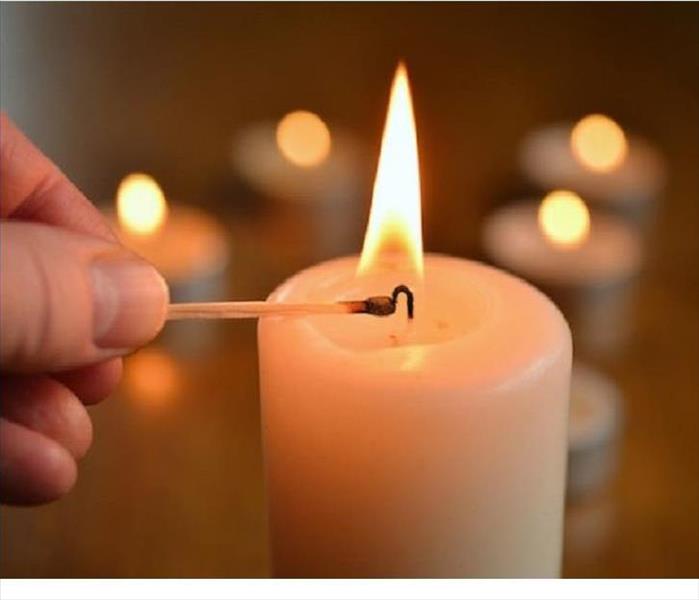Learning About Fire Hazards in Your Home | SERVPRO® of Western Dutchess County
11/8/2018 (Permalink)
To protect your home from structure fires, you first need to be able to identify the common and lesser-known fire hazards within it. While we know it’s never fun thinking about an unpleasant scenario such as fire, unfortunately it is a harsh reality for many Americans each year.
There are many lesser-known hazards that may be present in your home that could cause home structure fires. Look out for loose outlets in your home, because the movement of these electrical outlets could loosen the wires connected to the outlet and create dangerous arcing.
Dust bunnies can pose a fire risk when collecting near electrical sockets and floor heaters. Vacuuming or sweeping your floors regularly and cleaning behind those hard-to-reach places, like an entertainment system, can help prevent buildup.
Also, some types of glassware in your home can also pose a fire risk. When sunlight passes through them, the concentrated ray could ignite flammable materials, which is why it’s smart to move glass accessories away from windows.
While cooking is the leading cause of home fires, smoking inside is the leading cause of home fire deaths. In 2014, an estimated 17,200 home structure fires were reported due to smoking materials, which includes cigarettes, cigars and pipes. The Coalition for Fire-Safe Cigarettes reported that those fires resulted in 570 deaths, 1,140 injuries and $426 million in property damage.
Fire-safe cigarettes are the best option—and deep, sturdy ashtrays should be used. Smokers should also know that most deaths result from fires that have started in living rooms, family rooms or bedrooms. Smoking outside is the best option.
Put out all cigarette butts and ashes in water or sand prior to throwing them out.
According to the National Fire Protection Association, during a five-year period from 2011 to 2015, fire departments in the United States responded to an estimated 8,700 home structure fires a year that were started by candles. In total, there were 82 deaths, 800 injuries and $295 million in direct property damage.
Candles are reported to have caused 2 percent of home fires, with 3 percent resulting in death and 7 percent with injuries. There were an average of 24 home candle fires reported per day over those five years, and December was the peak time for home candle fires.
Of all the candle fires during this time span, 37 percent started in bedrooms and were responsible for 36 percent of the associated deaths and 51 percent of the associated injuries.
Never use a candle if oxygen is used in the home—and always blow out all candles before leaving a room or going to sleep. Also, when burning a candle, be sure it’s kept at least one foot away from anything that could catch on fire and is in a sturdy holder that won’t easily tip over.
Fire and smoke damage can be devastating to homes, and in many circumstances, can be accompanied by water damage from firefighting efforts. If your home is damaged by fire or smoke, SERVPRO® of Western Dutchess County is here to help restore your home to pre-fire condition.





 24/7 Emergency Service
24/7 Emergency Service
